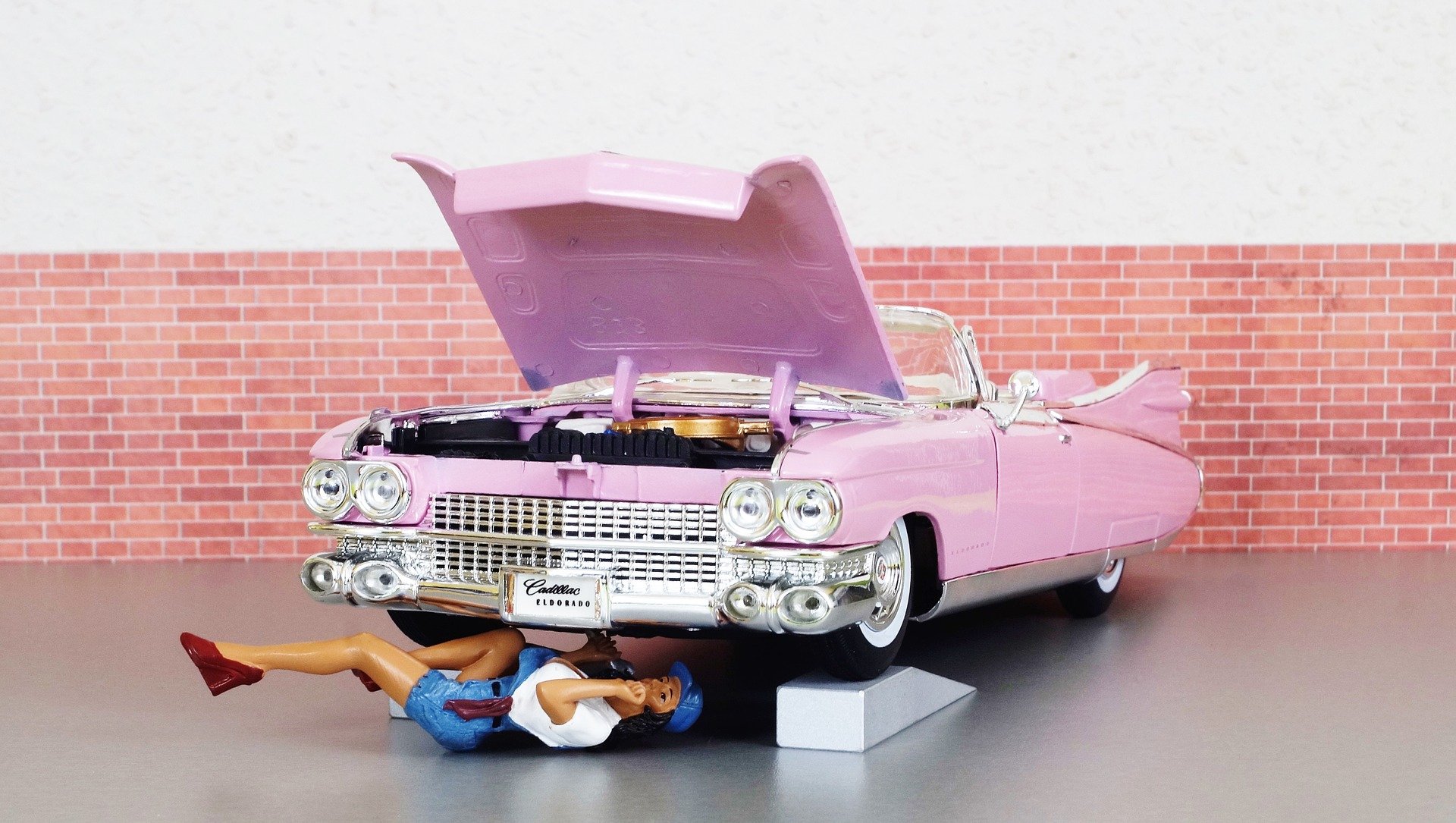Although physical piggy banks are now a whimsical thing of the past for most of us, the lesson they represent is more applicable than ever: regular saving is really really really important. But when people talk about saving as adults, most discussions centre around retirement, as if this is the only thing Future You has to worry about. In this post, we look at some immediate, short-term, medium-term, and long-term expenses that you should be saving for, and how much you’ll need for each. We use a few ‘rules’ recommended by financial experts to help you calculate these amounts. It might seem like a lot of numbers, but don’t worry, we’ll recap everything at the end of the article.
And before you roll your eyes upwards and exclaim that it’s difficult enough to get to the end of each month without needing extra credit, let alone save, here’s the important thing to remember: How much you put aside is not nearly as important as how long you’ve been saving for. That’s because of the magical effect of compound interest, which maximises every little bit you save up. Luckily, most investment vehicles, from retirement annuities, investment accounts, to stocks and shares, benefit from compound interest. So, as long as you’re not stashing cash under your mattress, your savings have a good chance of keeping abreast of (or ideally beating) inflation.
1) General saving: The 50/30/20 rule

The 50/30/20 rule is a favourite among financial experts, because it’s an easy formula to remember and encourages living well within your means. Basically, you use 50% of your monthly income on necessities (rent, food, transport, staying out of debt), 30% on desires (things that make you happy), and you save 20%. So, if you earn $1000 a month, you’ll be spending $500 on the things that keep you alive, $300 on the things that make life worth living, and saving $200.
The 50/30/20 rule is good advice for how much of your monthly income you should be saving. In the sections that follow, we’ll see how much you actually need to be able to cover each type of expense.
2) Immediate expenses: Emergencies

When we think of ‘emergencies’, many of us think of the medical sort, and luckily most people have medical insurance of some kind. However, there are plenty of non-medical emergencies that could require an immediate financial output: repairing a burst water geyser in the house, an overseas trip to see ailing family, fixing a glitchy pc, a sick pet etc. etc.
To ensure you’re prepared for any unexpected expenditure, use the 6 month rule to calculate how much you need. Take your monthly average expenses (call it X) and multiply that by 6 (6X). Remember, you’re looking at 6 months’ worth of expenses, not 6 months’ worth of total income. So, taking the example from above, if you spend $800 a month, you’ll need $4800 ($800 x 6). This is the amount you should have saved for emergencies.
3) Short-term expenses: Special occasions

Things like an upcoming holiday, buying an engagement ring, or purchasing a new gadget you’ve been coveting are examples of short-term expenses (things you should be able to save up for within a year). These are often desires, rather than necessities, and don’t result in value-accumulating assets (yes, you’ll have memories and perhaps a partner for life, but we’re talking about financial value here). What you want, and how much you’re willing to pay for it, is obviously a personal choice. However, the important thing to remember is that these short-term expenditures shouldn’t significantly deplete your long-term savings.
You should be paying for these occasions out of the 30% you’ve set aside for desires. You might have to wait a few months before you can make the purchase, but this is preferable to dipping into your savings.
4) Medium-term expenses: Major asset

When we speak of major financial assets, these could be value-appreciating (meaning its value goes up with time, like property), or depreciating (meaning its value goes down with time, like a car). In general, you’ll be putting down a deposit, then paying the rest off over several years. For both property and houses, financial experts recommend putting down at least 20% of the full value as a deposit. Additionally, you shouldn’t buy a house that costs more than 2-3 years of your annual salary.
Remember that you’ll be paying the deposit for this asset out of the 20% of your monthly income you have saved. Again, you probably have to wait a few months or years. The monthly payments you make will then come out of the 50% you’ve designated for essentials.
5) Long-term expenses: Retirement

Ideally, by age 30, you should have an amount equal to your annual income in savings ($1000 monthly income x 12 months = $12 000). By age 40, you should have triple your annual income ($12 000 x 3 = $36 000). By age 55, you should have 7 times your annual income ($12 000 x 7 = $84 000). By age 67, you should have 10 times your annual income ($12 000 x 10 = $120 000).
These amounts seem pretty hard to achieve already, but consider this: these figures are horribly outdated. They assume a life expectancy of around 80, with a working life of around 40 years (start work at 20, work for 40 years, retire at 60, live 20 more years). However, research shows that many of us are going to live well past the age of 80, so these amounts surely have to be adjusted upwards.
So, to ensure a comfortable retirement, you’re probably going to have to save more, work longer, or cut down on some luxuries.
To recap:
Use the 50/30/20 rule as a handy guide to how much you should be spending and saving each month. You should have 6 months’ worth of expenses set aside for emergencies. Your monthly 30% allocated for desires should cover luxuries like holidays. Major assets like property and cars will come out of your savings. After these major assets, you should still have many multiples of your annual income tucked away for retirement.
So, now that you have an idea of what you need to save for, and how much you’ll need to cover these expenses, have a look at your current finances and see how you’re doing. And if all these facts and figures have given you a headache, don’t worry. Remember what we mentioned at the beginning of the article about letting compound interest do most of the work for you. Saving is hard, but it really is about gradually building over time. You don’t have to be able to save lots today. You only have to start saving today.

